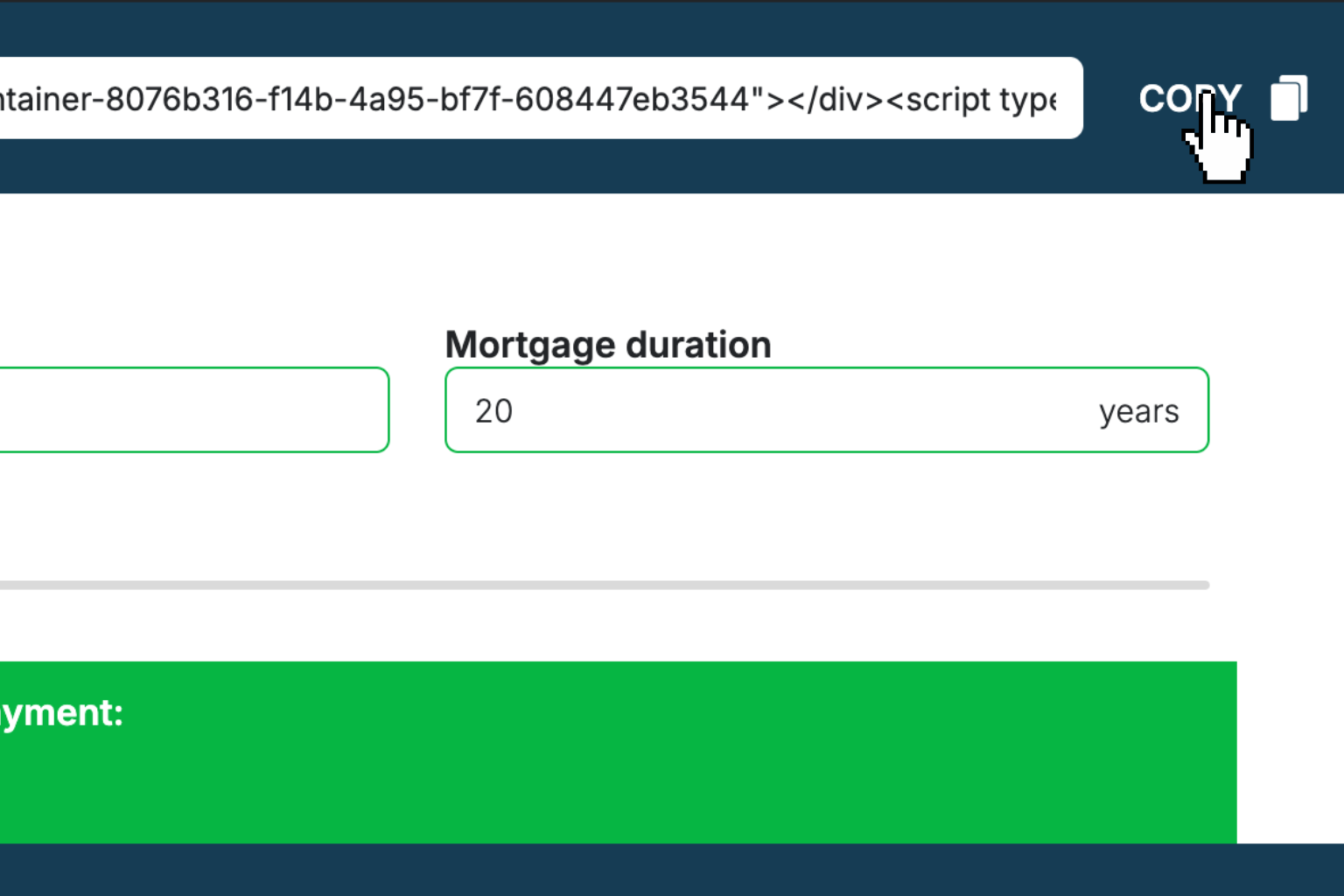SaaS Lifetime Value Calculator
Quickly calculate how much revenue each customer will bring to your SaaS business over their entire relationship.How SaaS Lifetime Value Calculator Works
SaaS Customer Lifetime Value (LTV) tells you the total revenue you can expect from a single customer throughout their relationship with your company. Unlike one-time purchases, SaaS businesses rely on recurring subscriptions, making LTV crucial for understanding profitability and guiding strategic decisions.
The calculation considers three key factors: how much customers pay on average (ARPA), your profit margins after costs, and how often customers cancel their subscriptions (churn rate). A higher LTV means customers are more valuable to your business long-term.
Understanding your SaaS LTV helps you make smarter decisions about customer acquisition spending, pricing strategies, and retention efforts. Most successful SaaS companies aim for an LTV that's at least 3-5 times their customer acquisition cost, ensuring sustainable and profitable growth.
SaaS Lifetime Value Calculator Formula Breakdown
Formula
SaaS LTV = (Average Revenue Per Account × Gross Margin) ÷ Churn Rate
If you don't know your ARPA: Average Revenue Per Account = Monthly Recurring Revenue ÷ Number of customers
The gross margin adjustment ensures you're calculating profit, not just revenueVariables Explained
- Average Revenue Per Account (ARPA)The average monthly revenue generated from each customer account. You can find this by dividing your total monthly recurring revenue by your number of active customers. This metric varies significantly based on your pricing tier and customer mix.
- Monthly Recurring Revenue (MRR)Your total predictable monthly revenue from all active subscriptions. This includes all subscription fees but excludes one-time charges or variable usage fees. You'll find this in your billing system or financial reports.
- Number of customersYour total count of active paying customers at the end of the measurement period. Count each customer account once, regardless of how many users or licenses they have within their account.
- Gross MarginThe percentage of revenue left after subtracting the direct costs of delivering your service (like hosting, support, and third-party integrations). Most SaaS companies have gross margins between 70-90%. You can find this in your financial statements.
- Churn RateThe percentage of customers who cancel their subscriptions each month. Calculate this by dividing churned customers by total customers at the start of the period. Industry averages range from 2-8% monthly for most SaaS businesses.
Example Calculation
Given:
- Average Revenue Per Account (ARPA): $100.00
- Gross Margin: 70.00%
- Churn Rate: 5.00%
Calculation:
Monthly revenue after costs: $100.00 × 70% = $70.00
Customer lifetime value: $70.00 ÷ 5% = $1,400.00Result:
$1,400.00Explanation
This example represents a SaaS company with customers paying $100 monthly on average, 70% gross margins, and 5% monthly churn. The $1,400 LTV means each customer generates $1,400 in profit over their average relationship with the company.
Tips for Using SaaS Lifetime Value Calculator
- 💡Calculate LTV by customer segments (enterprise vs. SMB, different pricing tiers) since their values can vary dramatically. A single average can mask important insights about where your most valuable customers come from.
- 💡Use cohort analysis to track how LTV changes over time for different customer groups. New customers acquired through different channels or during specific periods may have very different lifetime values.
- 💡Monitor your LTV:CAC ratio regularly - if it falls below 3:1, you're likely spending too much on acquisition or not retaining customers long enough to be profitable.
Make Your Own Web Calculator in 3 Simple Steps
Create Interactive Calculator
Design your interactive calculator in under 5 minutes using our drag-and-drop builder.Preview & Generate Embed Code
Review your calculator and copy the embed script when you're satisfied with the results.Embed Calculator Into Your Website
Paste the code into your website's HTML. Works on WordPress, Shopify, Wix, and any platform. EugenCreator of Creative Widgets
EugenCreator of Creative Widgets“After 10+ years in digital marketing, I’ve built calculators that drove thousands of new leads for clients. I realized one thing: calculators convert. They're killer for CRO and great for SEO. That's why I built Creative Widgets—an easy, no-code calculator builder. ”
It's free. Try it out. You'll like it.




